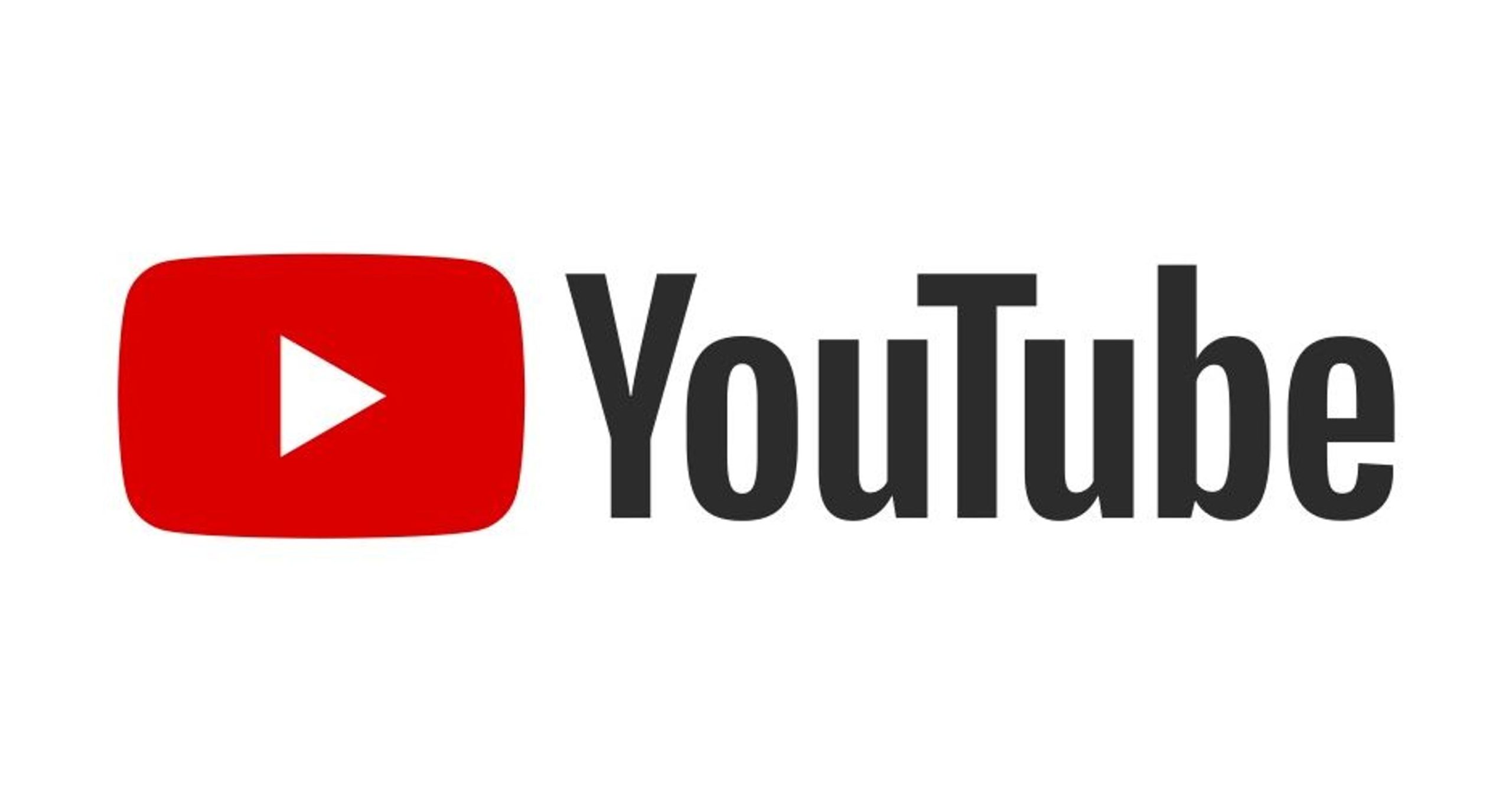If you want your YouTube videos to be monetizable, you need more views. There are several ways you can get more views on YouTube, but they require hard work and commitment.
Views are a great way to build brand awareness, grow your following, and generate leads. But how do you know if your video has enough views?
How YouTube views are calculated
If you are thinking about monetizing your YouTube video or want to measure the success of your video content, it is important to understand how YouTube views are calculated. YouTube uses a combination of factors to determine the number of view counts for a video, which can impact its visibility and ranking in search results.
YouTube defines a view as a viewer-initiated play of the video that lasts at least 30 seconds. This metric is used to measure the engagement of viewers and prevent fraudulent behavior such as view botting or view manipulation. Views that occur on videos embedded on external websites or shared on social media are also counted by YouTube.
However, it is not clear how YouTube verifies that a view is legitimate and not from a bot. This is a significant reason why the view counts on a YouTube video watch page can differ from those on the video’s analytics. It is also why a video’s view count can fluctuate over time.
What counts as a view
A view is considered legit by YouTube when it fits into one of several criteria. Obviously, it has to be an intentional watch by a human. The video also has to be on YouTube (not embedded on another site, for example) and it must have a play button. Views are updated every 24 hours, but the actual number may be different if someone watches a video multiple times within that time frame.
Views from a single account are generally valid, but repeated views over a short period of time are not. Similarly, views that look like they are being generated by bots or other malicious software are not counted.
Buying fake views does not help your video’s performance and could even be illegal in some cases. YouTube has tools in place to weed out these types of activities, and they’ll usually freeze the video’s view count until the problem is resolved. This is why it’s best to focus on quality engagement metrics rather than on total numbers of views.
How long does a view last?
Creating an attractive thumbnail will encourage viewers to click your video, but the real challenge lies in keeping their attention once they do. One of the most important YouTube metrics to focus on is average view duration.
According to YouTube, a view lasts 30 consecutive seconds or more. The platform has put a lot of work into making sure views are valid and that no bots are trying to artificially inflate the number of video views.
If you have a high-quality video, then you want to make it as easy as possible for viewers to watch it all the way through. Including subtitles and closed captioning will help ensure that the video is accessible to a wider audience, and adding a call to action on your end screen (such as to subscribe or visit the website) will also encourage viewers to stick around.
YouTube has a variety of analytics tools that you can use to track your video performance. To get started, head to your channel’s Statistics page and select Engagement from the dropdown menu.
How do you know if your video is monetizable?
YouTube has a number of ways to indicate whether a video is monetizable. The most obvious way is to see if there are ads displayed at the beginning or during the video. Typically, this means that the video is monetizable and that the uploader is earning money from it.
Another way to determine if a video is monetizable is to look at the video description. Most creators will note in their videos if they are sponsored by a brand or earn money through affiliate marketing.
The most common way to make money on YouTube is by becoming a part of the Partner Program. To qualify for this status, a channel must meet certain criteria, including a minimum of 3,000 public watch hours or 10 million recent Shorts views, 1,000 subscribers and no copyright strikes. Additionally, videos must be appropriate for a general audience and must not contain extreme profanity or adult themes. A channel can also be placed into limited monetization status if it is found to violate YouTube’s advertiser-friendly guidelines.

